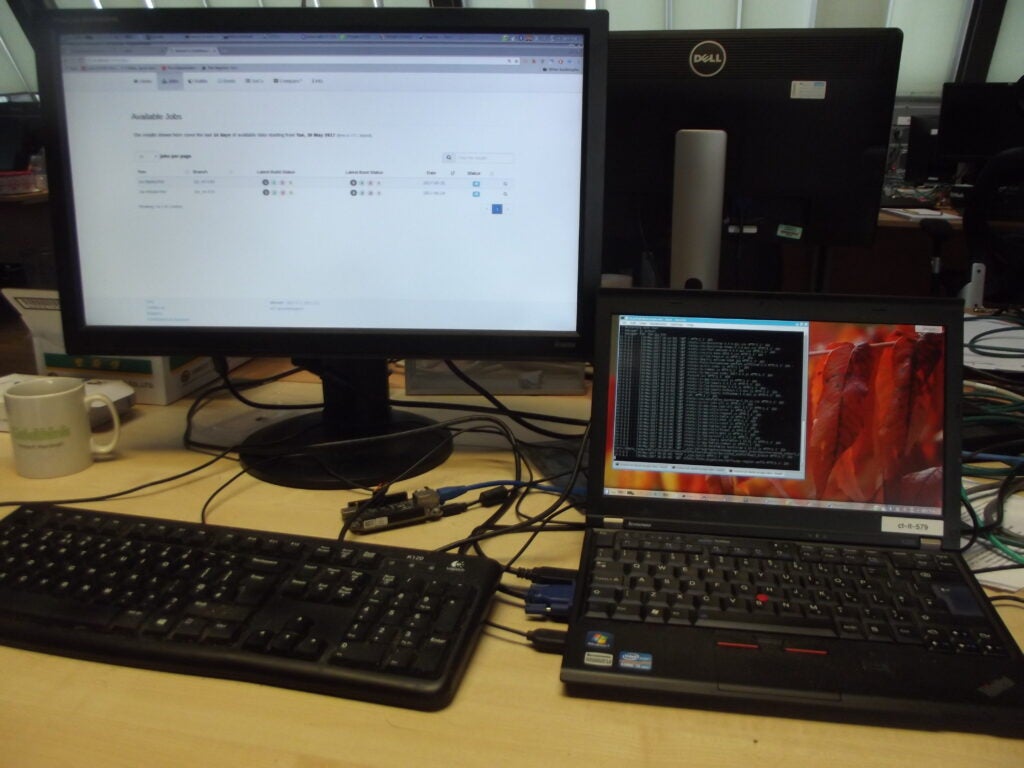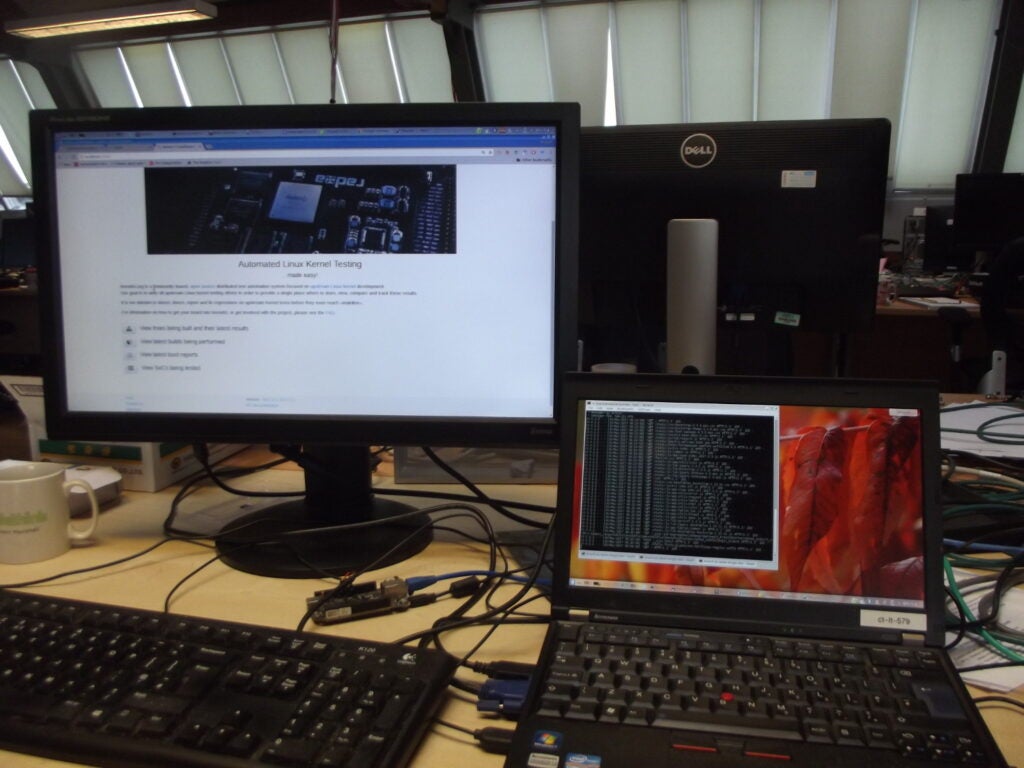Author: Kazuhiro Hayashi, CIP Core Team Chair, Toshiba
The Civil Infrastructure Platform (CIP) project has five Working Groups – Security, Kernel, Testing, Software Update and CIP Core. The CIP Core Working Group [1], which was launched in 2019, is responsible for developing, testing and maintaining tools to generate CIP Core reference file system images. We are excited to announce that the working group now supports Debian 11-based reference images.
The CIP Core images consist of CIP kernel and Debian base systems and provide run-time environments that work with CIP reference hardware [2. ] This library of images is the foundation for CIP developers to enhance new features, test existing functions, and maintain them for the long-term. CIP users can evaluate the features with the reference images in relation to their use cases.
The isar-cip-core [3] now supports 5.10 based CIP kernel [4] and Debian 11 bullseye packages. Isar-cip-core is a set of extensions for isar (an image generation tool) to support CIP reference hardware and other features including, but not limited to, security and software updates. Debian 11 bullseye is currently the “stable” version and will be maintained by Debian project and the LTS project until June 2026. After June 2026, the Debian Extended LTS project will inherit its maintenance. The 5.10 CIP kernel is being maintained by the Linux kernel community as a long term release kernel until Dec. 2026. After this, CIP will maintain it until Jan 2031.
By supporting 5.10 CIP kernel + bullseye based CIP Core images, users can use the latest stable versions of CIP kernel and userland with all the CIP reference hardware[2], some of which are only supported by the 5.10 kernel.
The CIP Security Working Group[5] is targeting version 5.10 CIP kernel and the bullseye based CIP image to achieve IEC-62443-4-x certification. The CIP Software Updates Working Group[6] is actively improving secure software update mechanisms by SWUpdate and secure boot and expanding devices where the features have been supported, with the latest version of CIP Core image as well as the previous.
The CIP Core Working Group plans to continue to introduce more useful features like above to the 5.10 kernel + bullseye based image and maintain them in cooperation with other working groups and related open source software communities. Contact us via the cip-dev mailing list for feedback, questions, or discussions.
[1] https://wiki.linuxfoundation.org/civilinfrastructureplatform/cip-core [2] https://wiki.linuxfoundation.org/civilinfrastructureplatform/ciptesting/cipreferencehardware [3] https://gitlab.com/cip-project/cip-core/isar-cip-core [4] https://www.cip-project.org/blog/2020/12/02/cip-to-embark-on-kernel-5-10-development-for-slts [5] https://wiki.linuxfoundation.org/civilinfrastructureplatform/cip-security [6] https://wiki.linuxfoundation.org/civilinfrastructureplatform/cip-sw-updates



